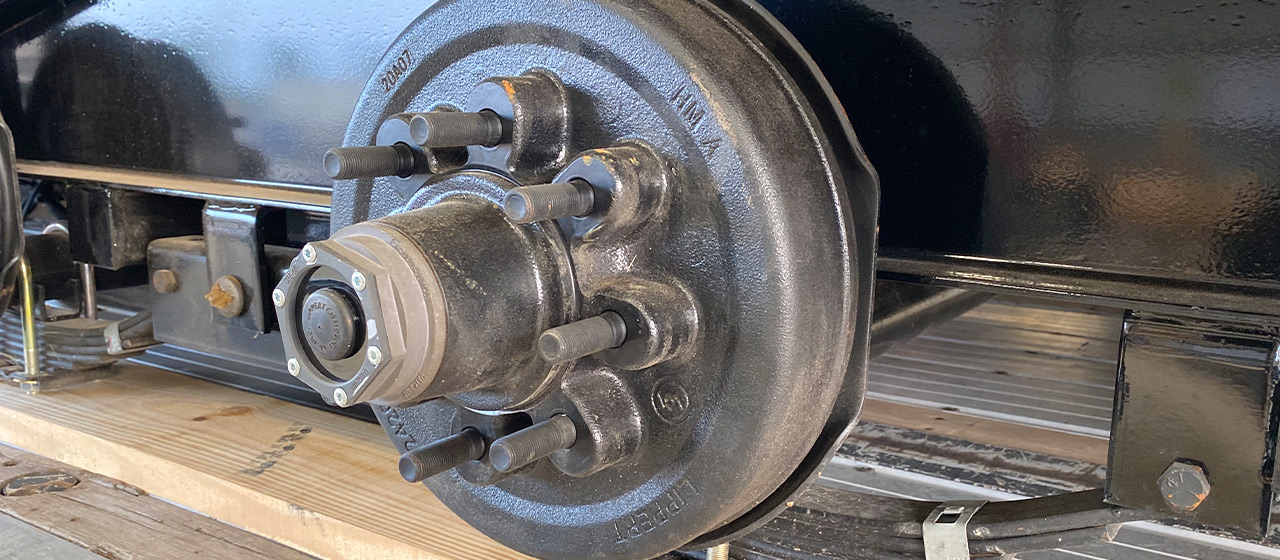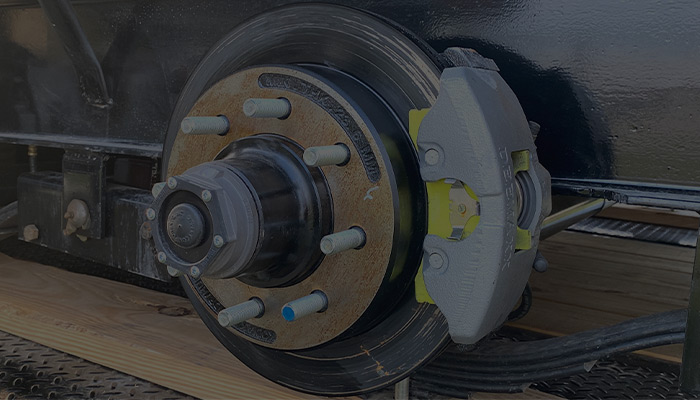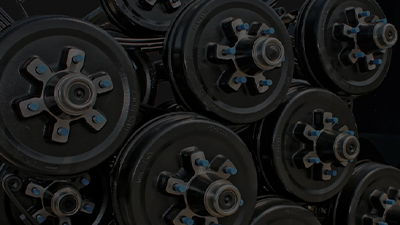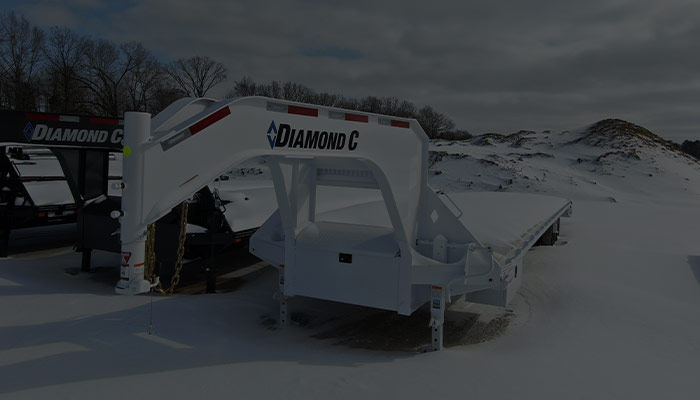Resources
How To Burnish Your Electric Drum Brakes
Published January 17, 2023

Is It Necessary To Burnish The Electric Drum Brakes On My New Trailer?
The question above is one of the most popular questions we are asked by our customers. The answer is yes; Electric Drum Brakes require a break-in process to achieve full performance. The break-in process should be used after the installation of new axles, brake shoes, or magnets as part of regular maintenance. If your trailer uses Electric Over Disc Brakes, you don’t have to worry about burnishing the brakes. Diamond C has 28 trailer models that come standard with ELECTRIC DRUM BRAKES; they are listed below.
Electric Drum Brakes Come Standard On These Diamond C Trailer Models:
Why Is It Necessary To Burnish My Electric Drum Brakes?
The break-in process seats the shoe lining material to the brake drum and seats the brake electromagnets. After the break-in process is complete, the shoe lining material will be fully cured from the heat and should develop close to 100% contact with the brake drum surface.
How Do I Burnish My Electric Drum Brakes?
Who better to explain the procedures of burnishing your brakes than the manufacturer of the axles? LIPPERT recommends using one of these two methods, the standard burnishing procedure or the skilled technician burnishing procedure. Choose a method that suits your comfort level to complete the break-in process. All the information provided below is from Lippert.
Standard Burnishing Procedure
1. Turn the gain on the trailer brake control to the maximum level.
2. Proceed at driving speeds up to 40 mph.
3. Move the slide mechanism on the brake controller to apply 8 to 10 volts to the trailer brakes allowing the tow vehicle to slow down to 20 or 25 mph.
Please note – do not use tow vehicle brakes or exhaust brakes during this period – the trailer brakes will seat in faster by only using the trailer brake.
4. Release the slide mechanism on the brake controller.
5. Continue down the road applying the brake controller at one-mile intervals.
Please note – you should feel a noticeable difference in the brake performance during this period, sometimes in as few as ten applications.
6. After 20 to 50 applications, use your best judgment on brake performance.
7. Pull over to a safe location to check the procedure status.
If you notice smoke stemming from the brake or axle area, this is normal due to the burnishing procedure. To ensure that temperatures are within the normal range, you can use a temperature gun to check that temperatures are between 350 and 400 degrees, or you can do a hand check by hovering your hand around the brake area without touching the brake drum.
If there is no smoke, the heat has not achieved the proper temperature, or the area can be touched with a hand, perform the procedure again. If the brake drum is cold to the touch, the brakes may not be adjusted appropriately, or there may be a wiring concern.

Skilled Technician Burnishing Procedure
1. Turn the gain on the trailer brake control to the maximum level.
2. Drive at highway speeds of 60 to 70 mph, not exceeding posted speed limits.
3. Move the slide mechanism on the brake controller to apply the trailer brakes while maintaining the posted highway speed without locking up the trailer brakes.
4. Continue with trailer brakes applied and maintain the posted speed limit for one-half mile.
5. Release the slide mechanism on the brake controller.
6. Pull over to a safe location and check the procedure status.
If you notice smoke stemming from the brake or axle area, this is normal due to the burnishing procedure. To ensure that temperatures are within the normal range, you can use a temperature gun to check that temperatures are between 350 and 400 degrees, or you can do a hand check by hovering your hand around the brake area without touching the brake drum.
If there is no smoke, the heat has not achieved the proper temperature, or the area can be touched with a hand, perform the procedure again. If the brake drum is cold to the touch, the brakes may not be adjusted appropriately, or there may be a wiring concern.


